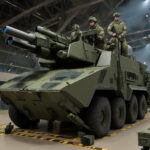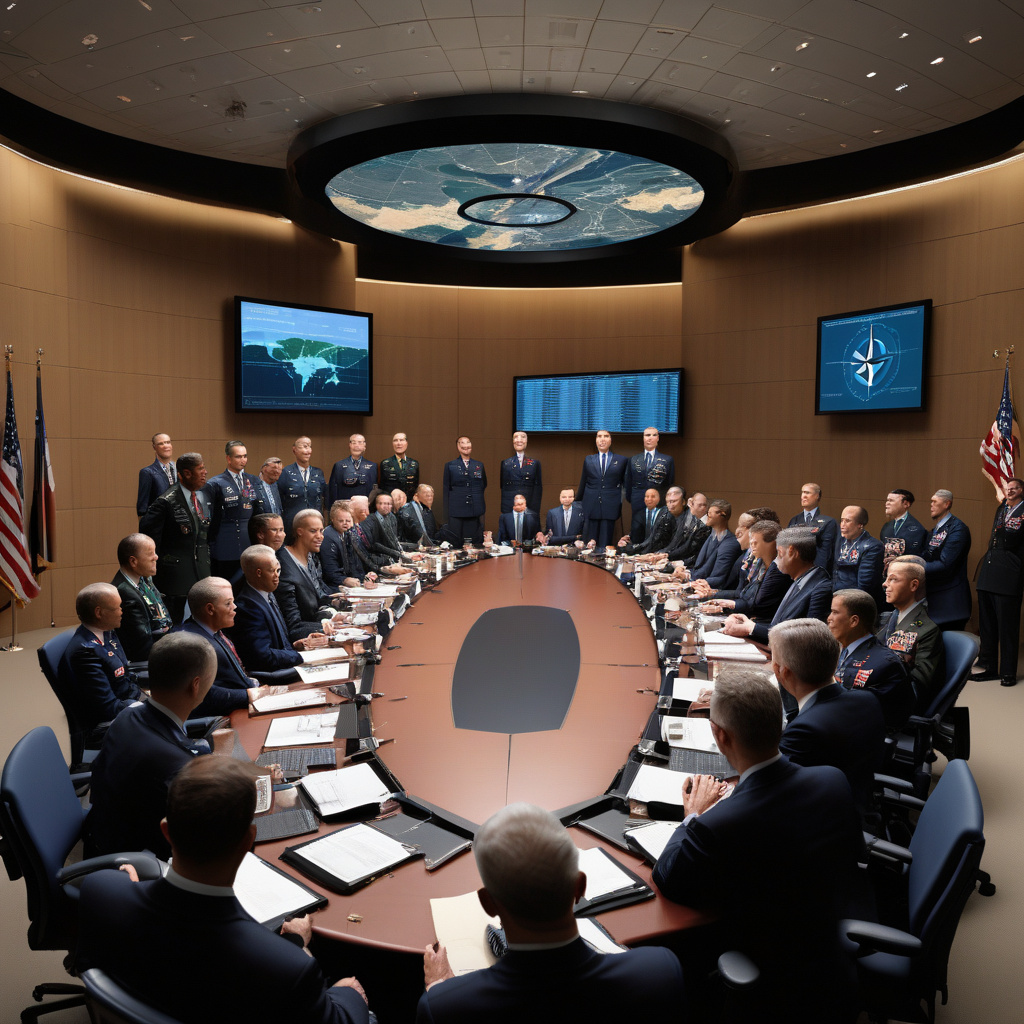NATO Considers Adding Cybersecurity to 5% Defense Spending Target
As geopolitical pressures mount, NATO is weighing a transformative shift in how defence spending is defined, potentially reshapping the alliance’s financial commitments for decades to come. In recent years, the landscape of threats has evolved significantly, with cyber attacks becoming increasingly frequent and sophisticated. Recognizing the importance of cybersecurity in modern warfare, NATO is contemplating the inclusion of cyber defense in its new 5% defense spending target.
The proposed change comes at a crucial juncture, as traditional notions of security are being challenged by the rise of cyber warfare. In an era where a single cyber attack can have devastating consequences, from disrupting critical infrastructure to undermining national security, the need to bolster cybersecurity capabilities has never been more pressing. By incorporating cybersecurity into its defense spending target, NATO aims to adapt to the evolving threat landscape and enhance its overall resilience.
Including cybersecurity in the 5% defense spending target would not only reflect the changing nature of security threats but also signal NATO’s commitment to staying ahead of the curve. As technology continues to advance at a rapid pace, investing in cybersecurity is essential to safeguarding the alliance’s interests and maintaining a strategic edge. Moreover, by allocating resources specifically for cyber defense, NATO can better coordinate its efforts, share best practices, and build a more integrated approach to cybersecurity across its member states.
One of the key benefits of integrating cybersecurity into the defense spending target is the ability to foster innovation and technological advancement within the alliance. By prioritizing investment in cutting-edge cybersecurity solutions, NATO can harness the expertise of its member states and industry partners to develop state-of-the-art capabilities that are tailored to the unique challenges of cyberspace. This proactive approach not only strengthens NATO’s overall security posture but also stimulates growth and competitiveness in the cybersecurity sector.
Furthermore, including cybersecurity in the 5% defense spending target can have broader implications for NATO’s strategic partnerships and alliances. As cyber threats transcend national borders and require a coordinated response, integrating cybersecurity into defense planning can facilitate closer collaboration with like-minded partners and enhance information sharing and intelligence cooperation. By aligning on cybersecurity priorities and capabilities, NATO and its partners can build a more cohesive and resilient security architecture that is better equipped to deter and defend against cyber attacks.
In conclusion, the potential inclusion of cybersecurity in NATO’s new 5% defense spending target marks a significant step towards adapting to the realities of modern warfare. By recognizing the critical role of cybersecurity in ensuring the alliance’s security and stability, NATO is demonstrating its commitment to staying ahead of emerging threats and embracing innovation. As the alliance continues to evolve in response to an ever-changing security environment, integrating cybersecurity into its defense planning is not only a prudent decision but a necessary one to safeguard its interests and uphold its core values.
NATO, cybersecurity, defense spending, modern warfare, strategic partnerships












